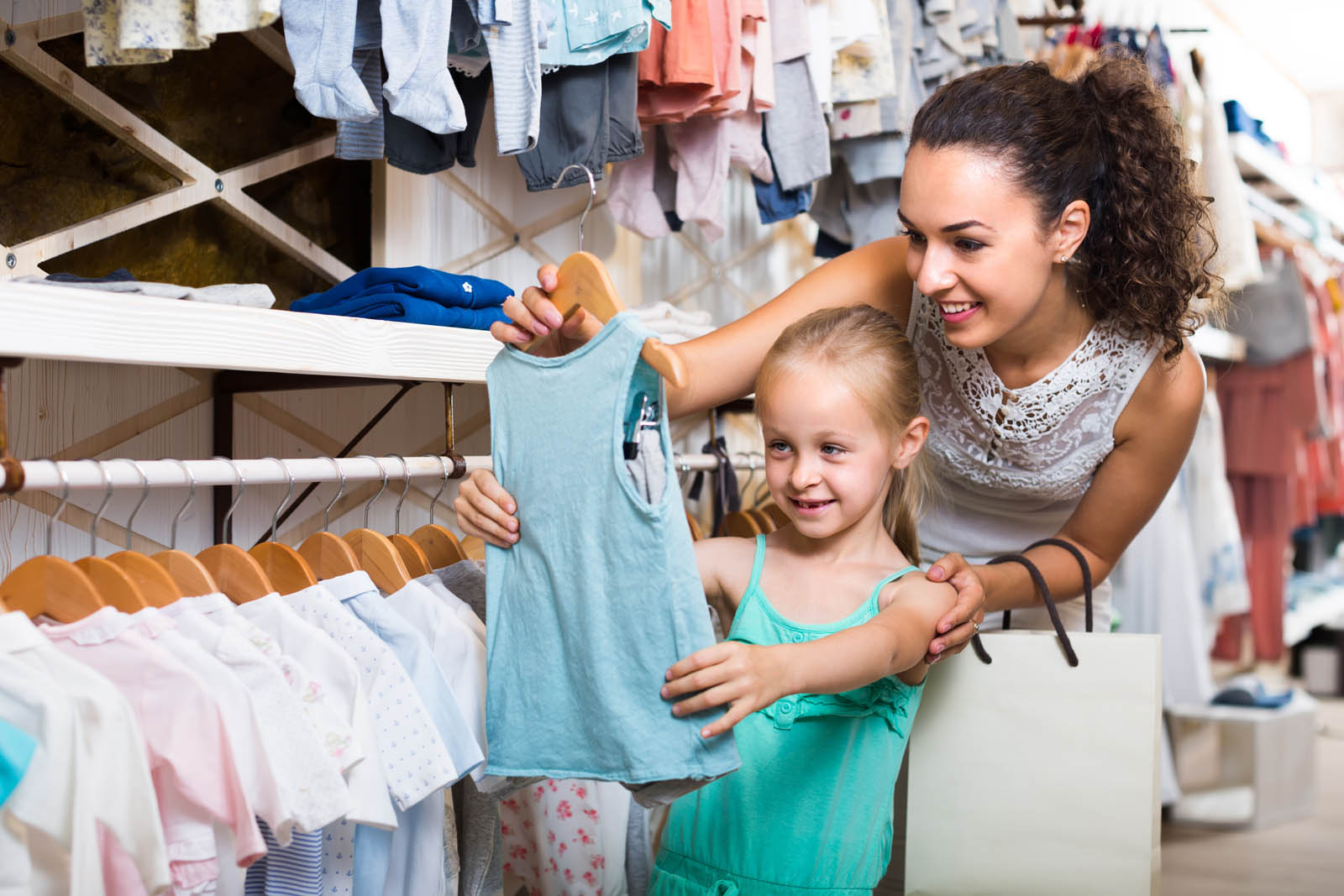
The Resale Market: Kind to Wallets and the Planet While Making Fashionistas Happy
As concerns over inflation grow and people continue to grow more worried about the future of the planet, fashion trends and the desire to keep up with them come into conflict with sustainability, financial realities, and our views of what is to come. However, one market is working to bridge this gap: the retail resale market. The resale and re-commerce market are thriving with record-breaking growth in 2021– up 32% in the U.S. and according to the annual resale report by ThredUP, this growth is expected to continue. The resale market is expected to be worth $82 billion in the US and $218 billion worldwide by 2026, and given these estimates, many are taking notice.
Consumers and corporations alike are becoming excited about the resale market. In 2021, nearly 1 billion clothing purchases were resale instead of brand-new items. Why is this trend growing across the world? It is because consumers and clothing brands alike want to be:

- environmentally friendly and sustainable
- fiscally responsible
- fashionable with new, unique items
Why Consumers Love Retail Resale
For many years, Fast Fashion (defined as low-priced but stylish clothing that moves quickly from design to retail stores in order to meet trends, with new collections being introduced continuously) has often been seen as a way to get affordable, trendy clothes quickly. However, many have recognized that the production process of Fast Fashion is harmful to the environment. In searching for an alternative, consumers have found resale and thrift stores to be viable sources with little to no environmental impact. Although the resale/thrift market is not a new concept, as concerns around climate change continue to grow, this market is gaining traction as a more sustainable solution for consumers to get unique clothes or household items.
Additionally, with growing prices and inflation causing concern for many, consumers are looking for a way to make their money go further. The resale market enables consumers to buy new or gently used merchandise for the same, or less, than the cost of Fast Fashion. This perk is beginning to supersede sustainability, especially as prices increase and inventories decrease. The amount spent at the moment is not the only financial concern; almost half (46%) of Millennial and Gen Z consumers also take potential resale value of an item into consideration before purchasing, with hopes of breaking close to even or possibly profiting from a purchase (ThredUP). This thought process is particularly pertinent for high-end brands, as companies such as TheRealReal specialize in selling authenticated, resale designer fashion (ThredUP).
The Role Of Social Media And Technology

With the popularity of social media and the desire to always be seen in something new, buying new clothes on a constant basis is growing in importance. Social media not only creates these pressures but also helps to promote buying resale as consumers share their latest thrift finds, while influencers post their Vestiaire Collective and Depop collection links on their pages, allowing their followers to purchase clothes they no longer wear. This appears to be helping the movement as almost two-thirds (62%) of Millennial and Gen Z consumers say that they will check resale retailers before purchasing a new item. (ThredUP)
In addition to social media, technology itself has played a significant role in encouraging the growth of the resale market. E-commerce, or the act of buying and selling goods online, is thriving as the number of online retailers increases. This growth in the online market has opened a door for RE-commerce, the act of reselling goods online. To make resale sales easier, companies such as Recurate and Hammoq are using artificial intelligence to automate product descriptions and listings while offering some profit and key data analytics to the brands being sold and companies that are selling.
Established Brands Join The Retail Resale Market
Seeing the current and potential success of the resale market, brands are expanding their offerings, and new businesses are emerging to meet demand. Well-known and smaller brands alike have incorporated their own internal buy-back programs allowing customers to turn in used clothes for cash or credit with the company. Other brands are partnering with third-party retailers, such as ThredUP, to reach consumers directly. At first, many brands were slow to join, unsure of the benefit and potential profit that would come. However, as barriers to entry are being lowered, such as stakeholder buy-in and lack of proven ROI (ThredUp), along with merchandise scarcity (U.S. Chamber of Commerce), company owners and executives are evaluating the resale market with a more open mind. As sustainability and finances are at the forefront of many people’s minds, brands are beginning to expand, realizing their profit potential, ensuring the resale market is here to stay. (U.S. Chamber of Commerce)
What this means Environmental, financial, and societal changes are causing consumers to consider their retail purchases carefully. This has created growth in the re-commerce market, which is expected to continue growing worldwide. As technology improves, the role of consumers and producers is being streamlined, increasing profits, and minimizing environmental impact resulting in an exchange that many can be proud of.
To progress with the times, brands should consider how they can grow from or contribute to the resale market, whether that’s by reselling or repurposing used items. With over half (56%) of consumers believing that brands should make an effort to reduce the environmental impact of fashion (ThredUp), showing support and contributing to this effort will help drive increased sales, as well as elevate consumers’ trust in the company.
explore featured
Case studies
